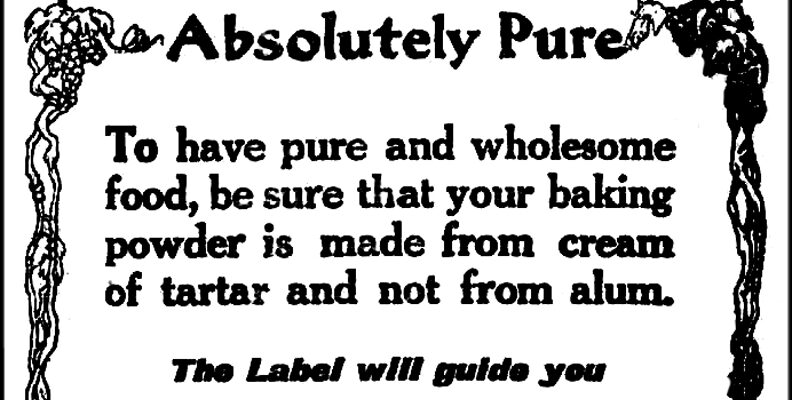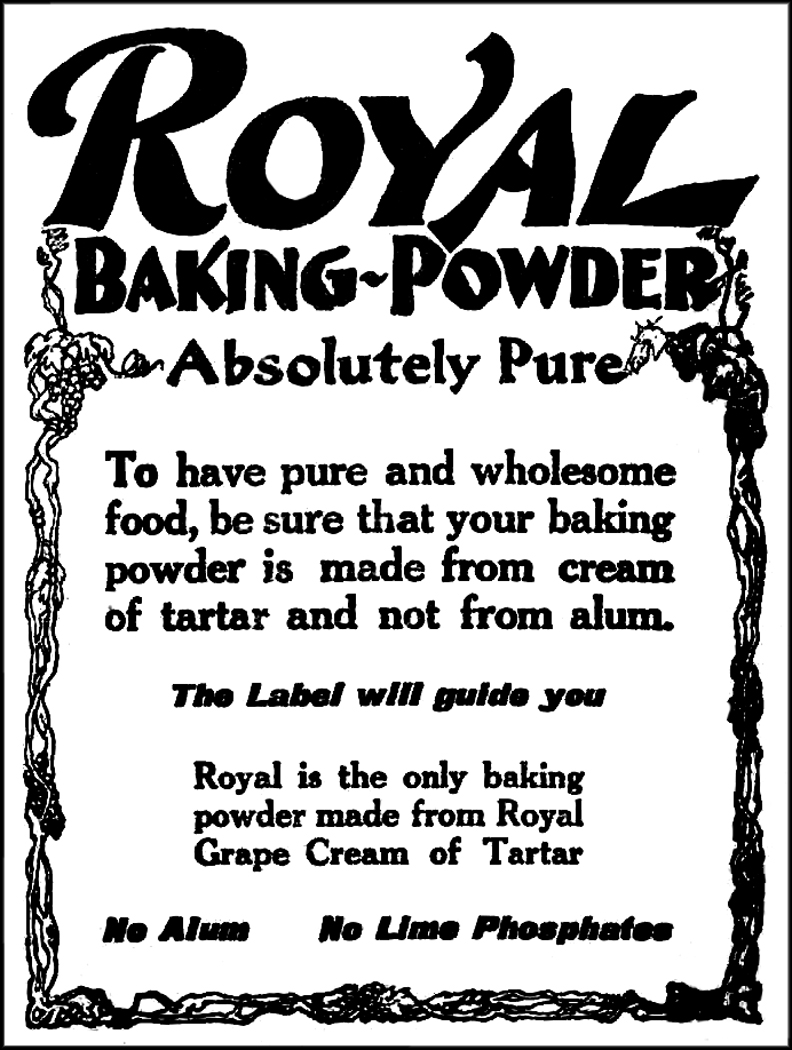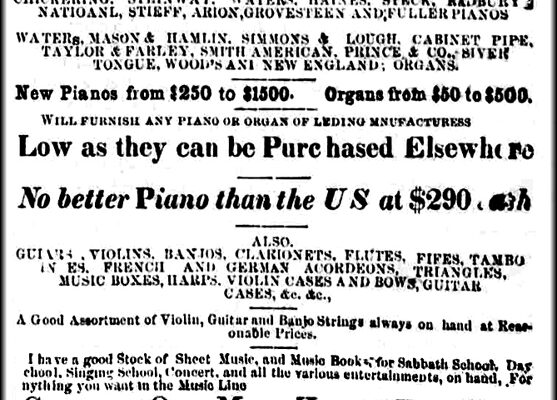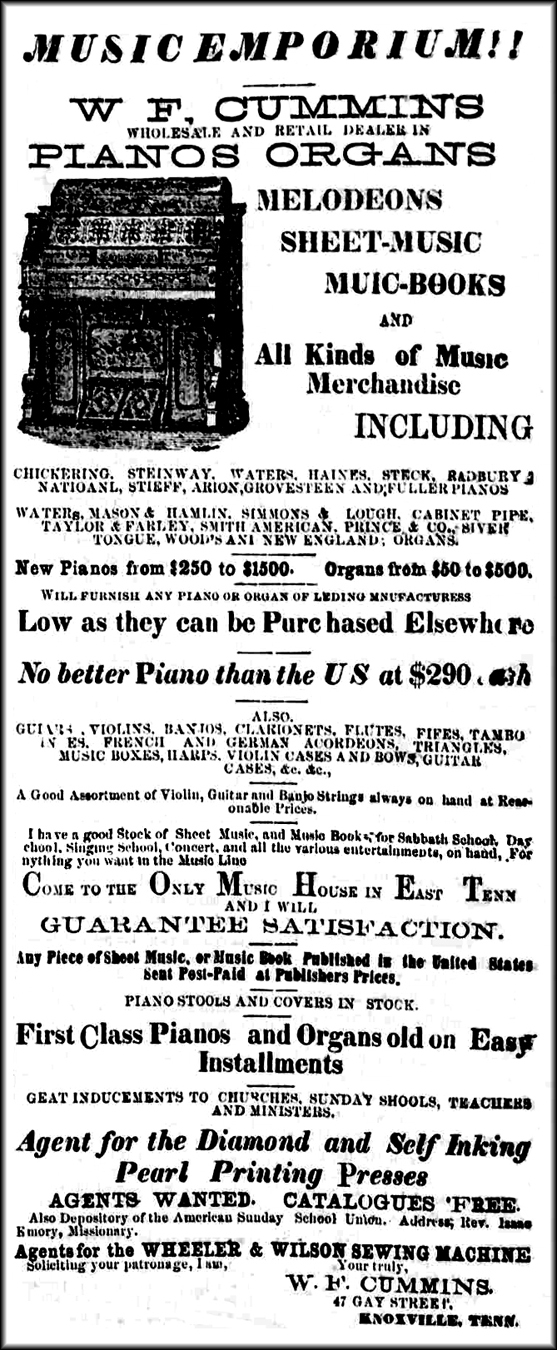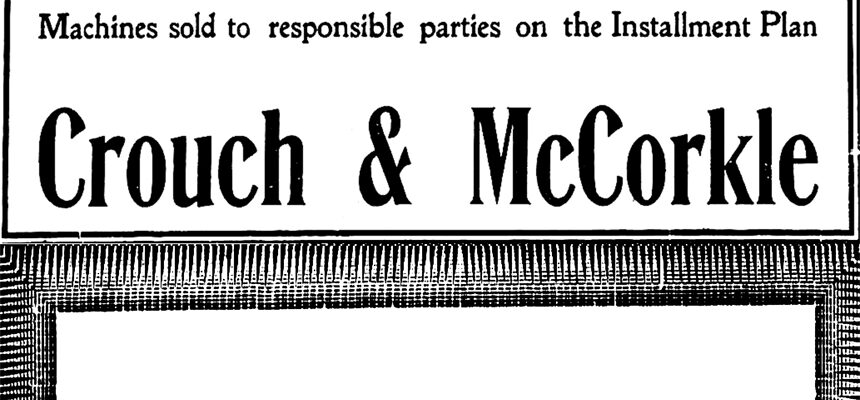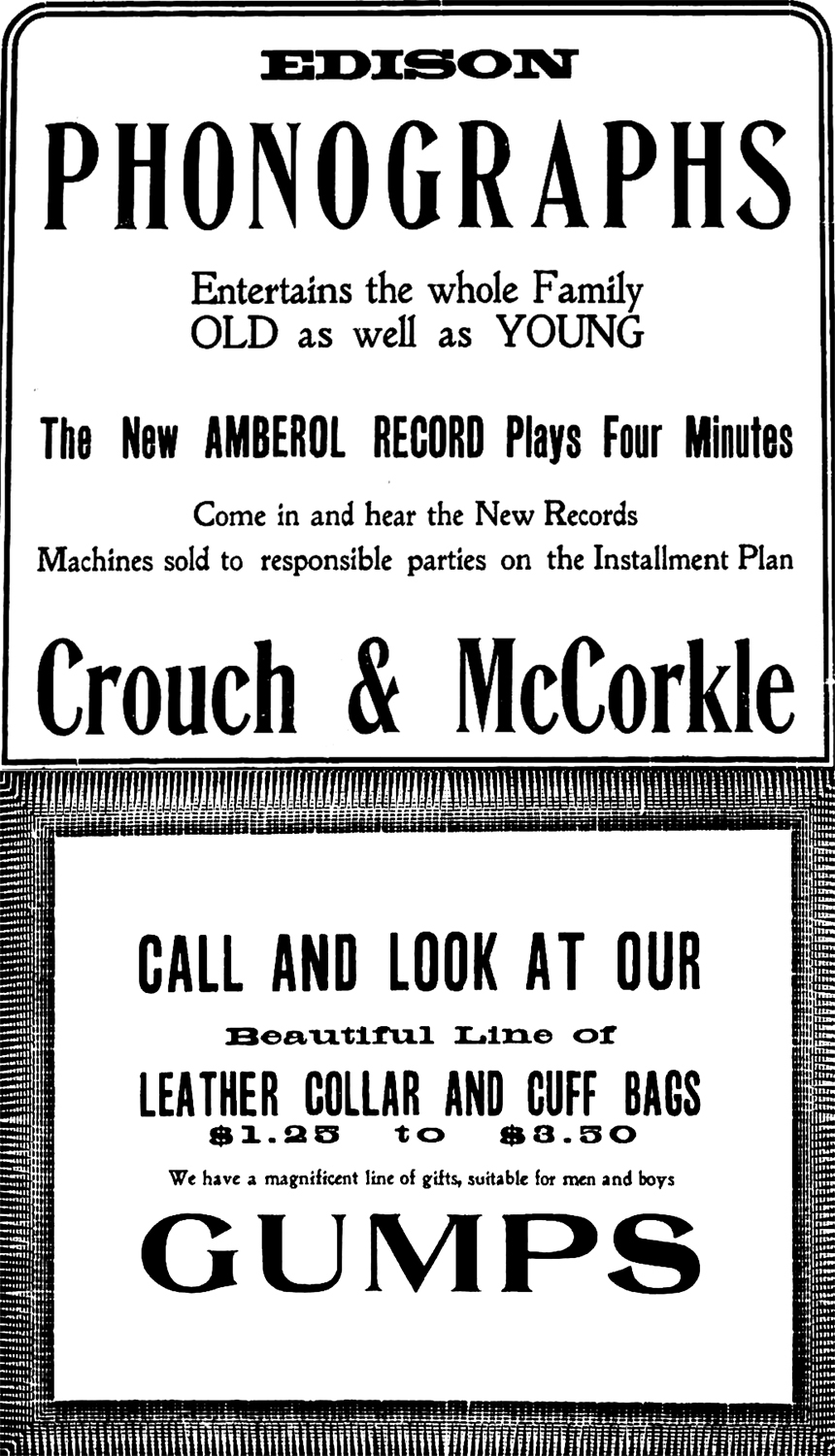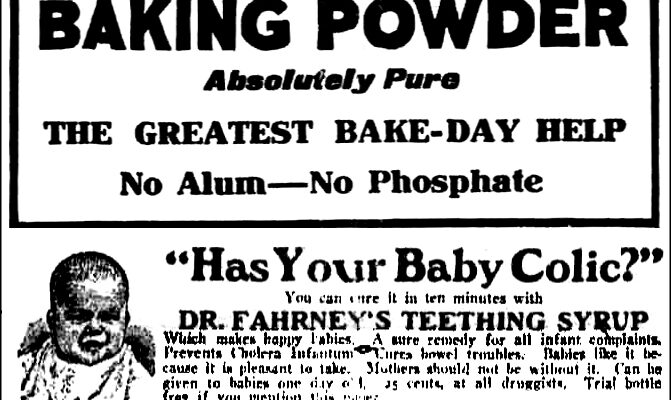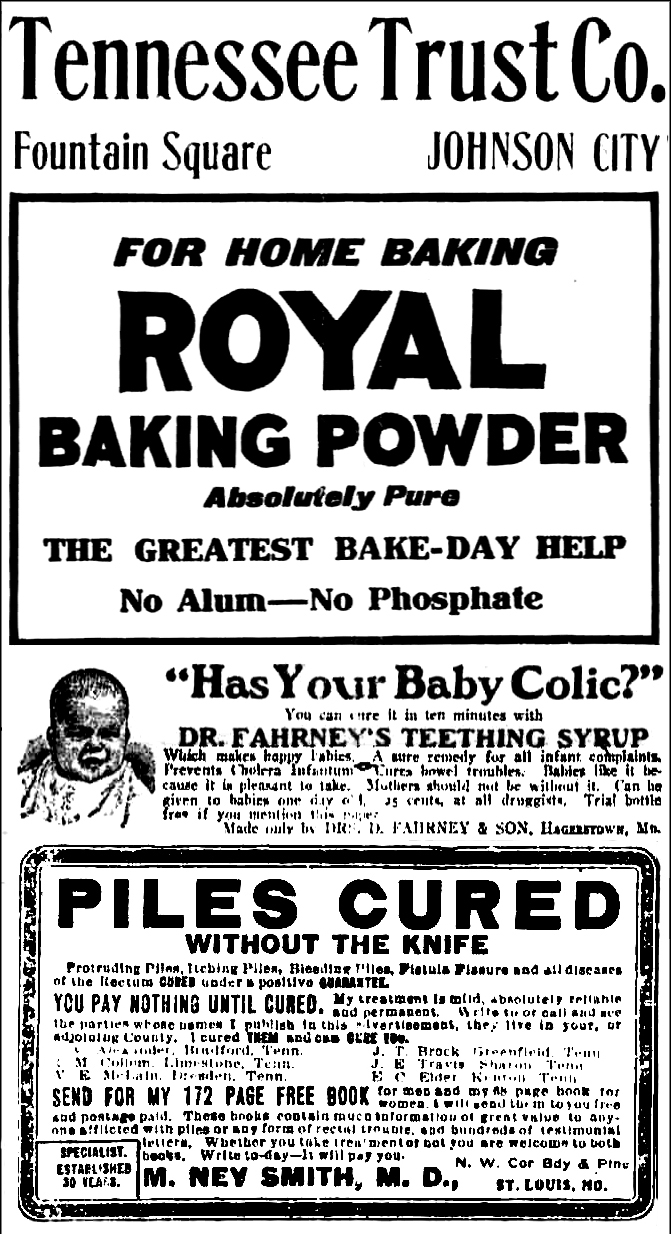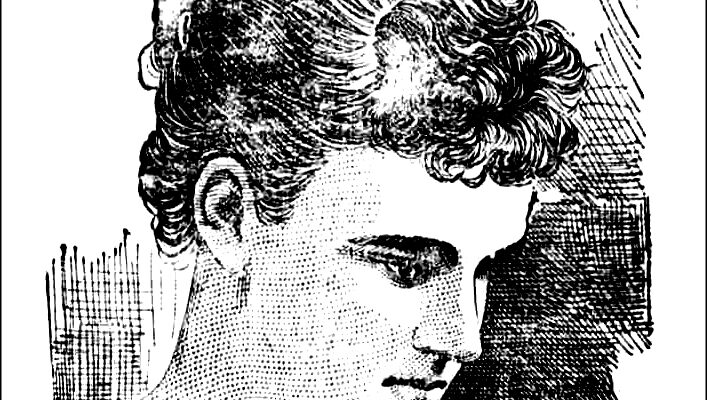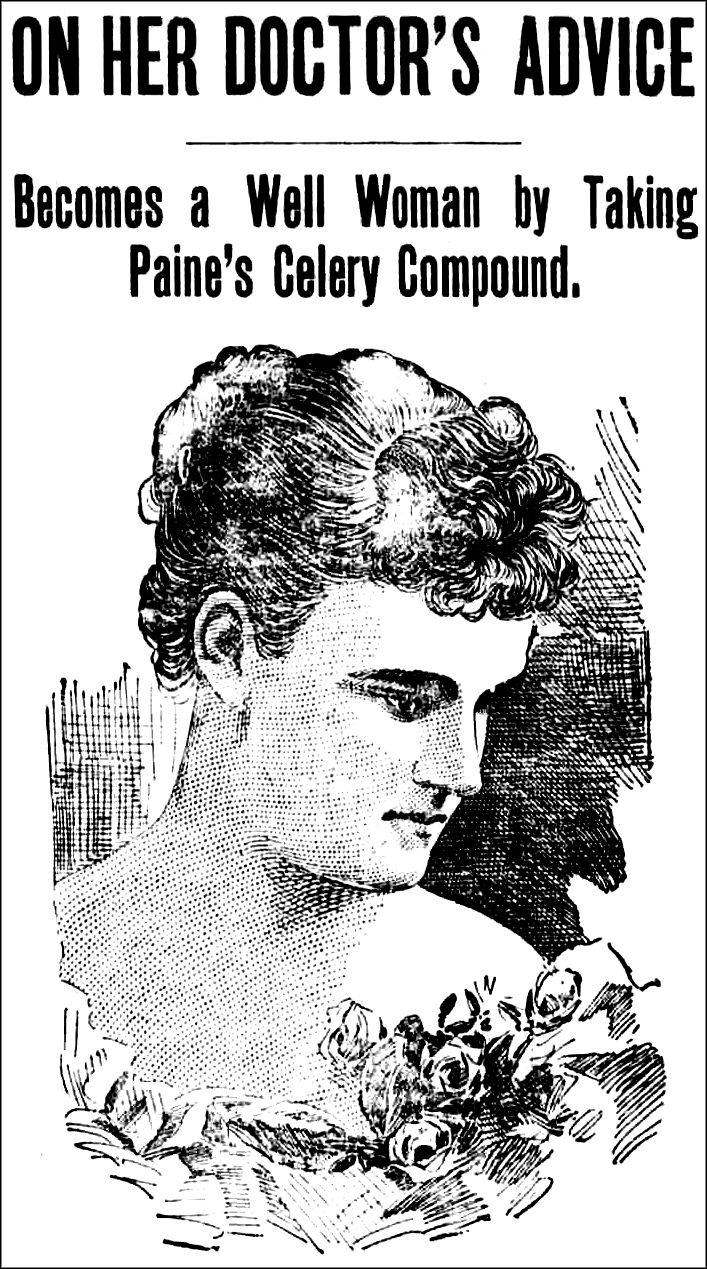My passion is reading vintage history books about Northeast Tennessee and its surrounding areas. One treasured volume was written in 1913 by Margaret W. Morley of the Houghton Mifflin Company. Here is a sample of her prose:
“The Blue Ridge: What mountains ever offered themselves to the sun so enchanting as the long curve of the Appalachian chain where it passes through Virginia and North Carolina down to Alabama, running all the way full Southwest? This battlement of heaven was not named by accident.
It was named “blue” became there was no other name for it. It is blue; tremendously, thrillingly blue; tenderly, evasively blue. And the sky that contains it is also entrancingly blue; even the storms do not make it gloomy. When they pass by, the sun breaks out even more radiantly.

A Typical Quaint Mountaineer Home
“A mountain home is generally well-filled with children, and the grandmother, is vastly proud of her numerous descendants, although she sometimes has difficulty in remembering their full names, or even the number of them.
“There are names like John, Mary and Tom, but there are fancy ones like Mossy Bell, Luna Geneva, Vallerie May, Luranie Carriebel, Pearlamina Alethy Ivadee and a thousand others. Oftentimes, the poorer the family, the more fanciful the children's names, as though this being the only inheritance the parents wished to make as affluent as possible.
“The principle recreation of the country for the people is visiting. They travel long distances, and the smallest cabin is never too small to welcome home married sons and daughters who have come with their families to stay a while with “mammy” and “pappy.”
“In the villages, there are the ordinary amusements of young people: parties, dancing, picnics, box suppers, where girls fill boxes with fried chicken, bread, and cake, and the boys purchase them. And of course, there is music, the violin, better known as a fiddle, and guitar being the most popular instruments.
“Country music, (also referred to as old-time music, is often heard in the cool of the evening when the day's work is done and all sit about the blazing logs in the fireplace. How pleasantly comes back to memory one such scene. The only light comes from the fireplace, and dark shadows steal about the room as the fire flickers.
“In the glare of the burning logs sits a youth with his violin, rendering with zest the compositions of a local celebrity: “Sourwood Mountain,” “Cotton-eyed Joe,” “The Huckleberry Bush,” “The Blue-eyed Girl,” “Old Uncle Joe,” “Sally Gooden” and “A Pot Full of Pie and an Oven Full of Puddin'.”

TheFamous Grandfather Mountain Profile of the Old Man
“The musician plays them with enthusiasm, one after the other. As he plays, young Jim sits in front of him, knee to knee and “beats straws.” The youngster cannot keep time without this unique assistance, which is rendered by means of a piece of broom-straw held between the fingers of the right hand and struck against one string at the neck of the violin, while the musician plays “his stuff” in the normal fashion.
“Jim also manages to beat time with his feet without disturbing the rhythmical “tang, tang” of the straw or distracting the fiddler. “Beating straws” seems to be confined to a section on the eastern slope of the Blue Ridge.
“After the fiddle solo concludes, Jim dances the 'stag dance,' first retiring to put on his shoes, for though he says he can dance better without them, the “splinters of civilization” have to be considered. A dirt floor is the original and proper foundation for the dance.
“Since the family gets up with the sun or earlier, all soon retire to rest. The visitors go in the parlor where stands the best bed. There is a carpet on the floor and a round table in the middle of the room, which holds the lamp and as ornaments, a dozen oyster shells. oodnight folks for tomorrow is another day.”
_0-392x400.jpg)
_0.jpg)
_0.jpg)


